BIM (Building Information Modeling) is an innovative methodology that creates three-dimensional digital models to support all stages of design, construction, and maintenance of a project. To learn more about the digital revolution of BIM, read the full article.